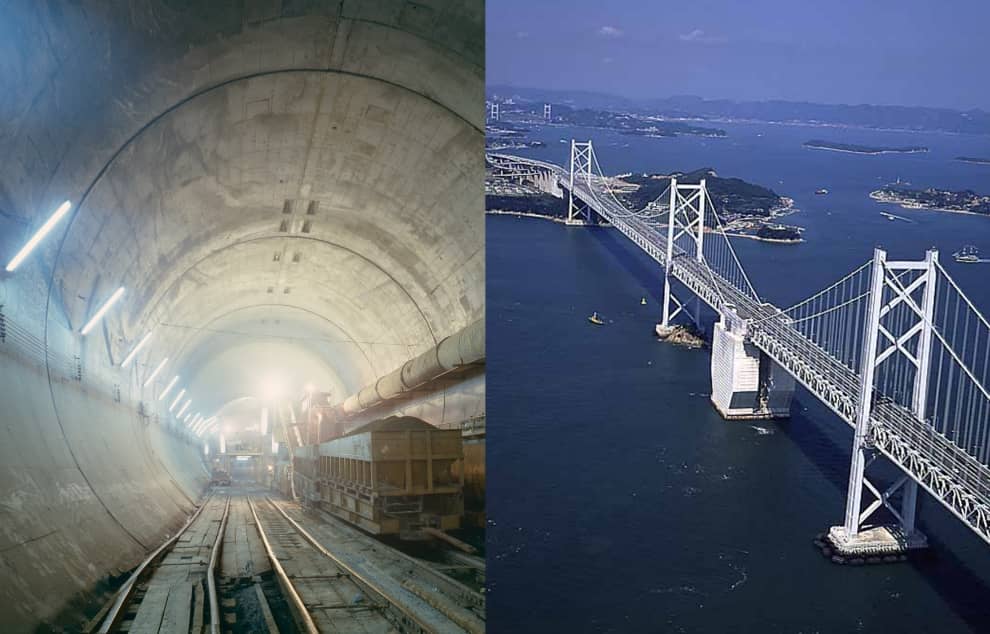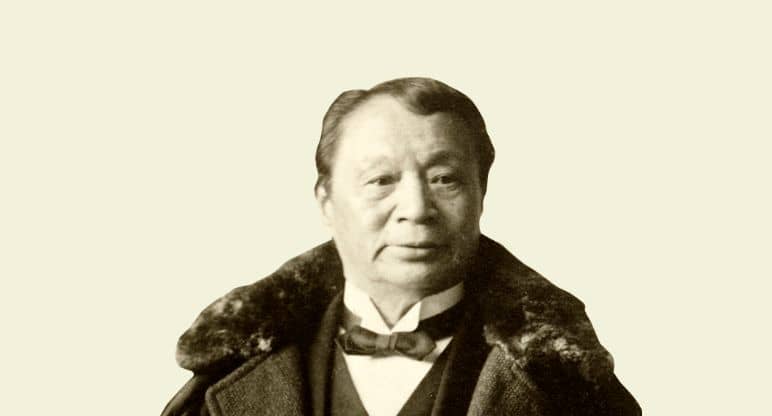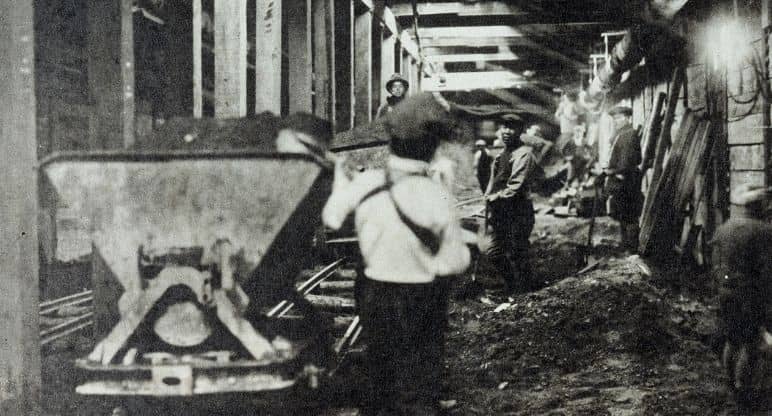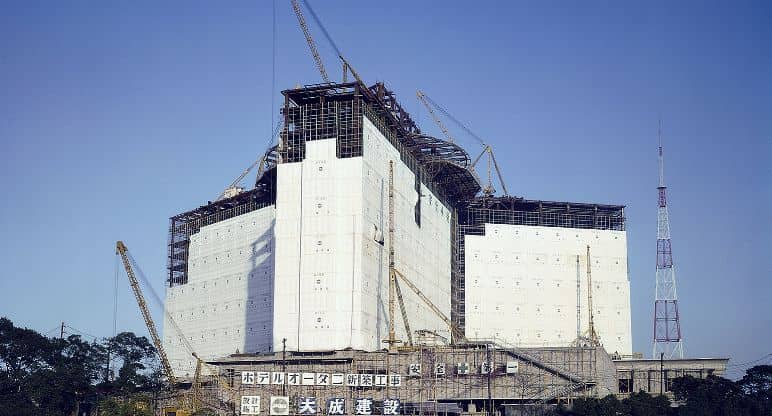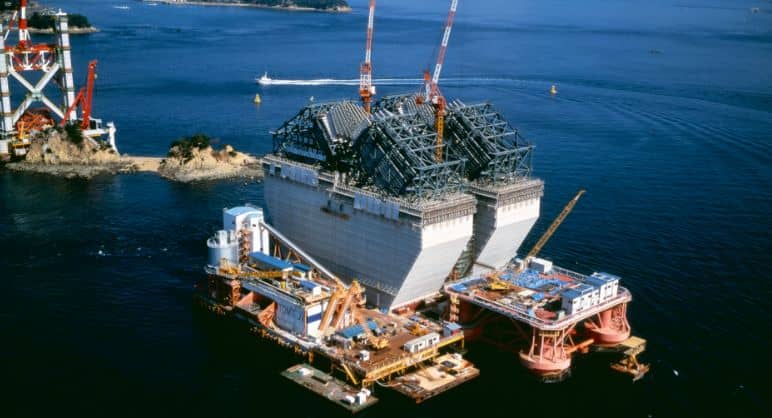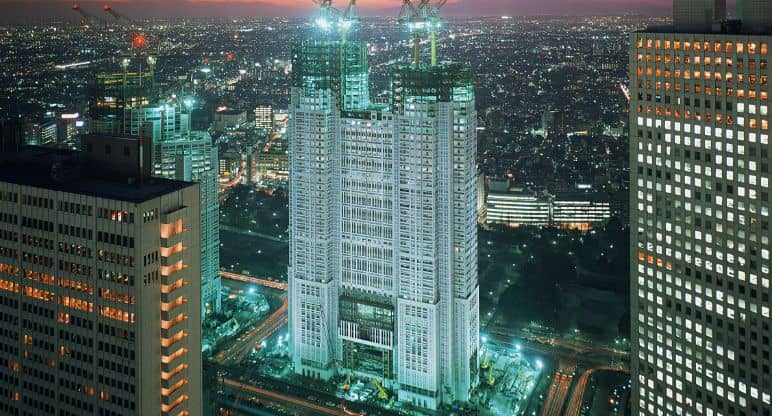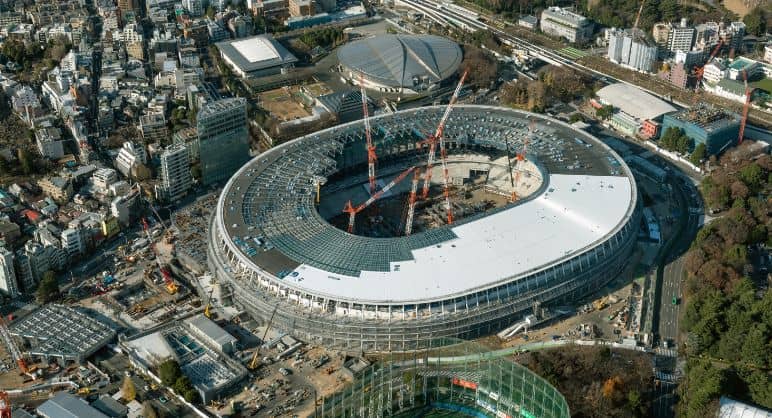-
1970
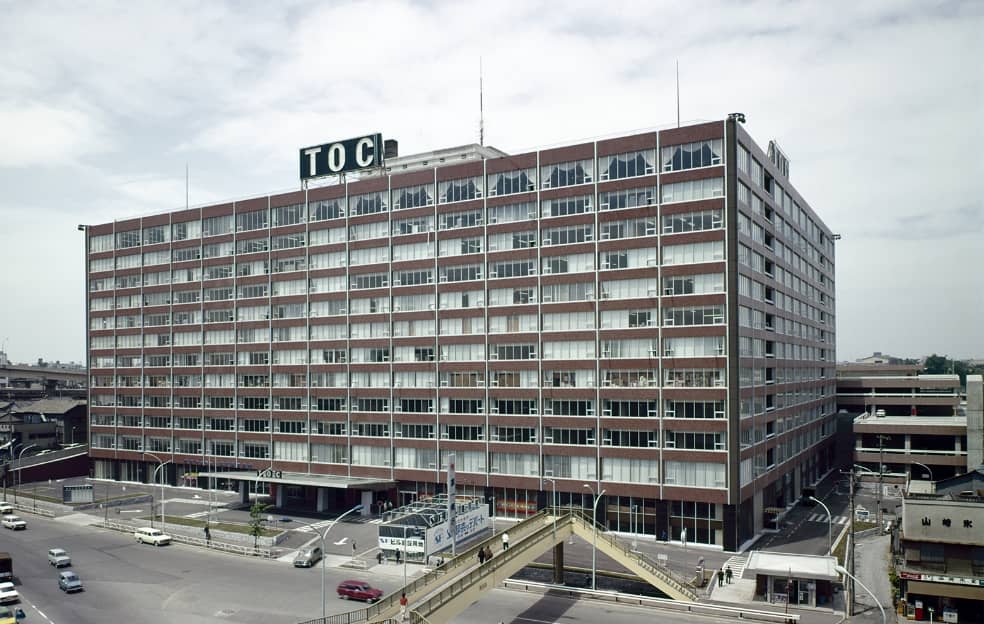
1970
TOC (Tokyo Oroshiuri Center)
Tokyo
![Kintetsu Railway Namba Shield [Uehommachi station- Namba station]](../assets/img/history/1970-1989-02.jpg)
1970
Kintetsu Railway Namba Shield [Uehommachi station- Namba station]
Osaka
Difficult construction work that made the impossible possible
The Mt. Fuji Summit Radar Site is a facility for meteorological observation constructed after the loss of many human lives in the Typhoon Vera. The construction work was extremely severe. While suffering from permafrost, sudden intense wind and snow, and altitude sickness, the site was completed in 1964 through the efforts of 9,000 people in total. We also engaged in construction work for remodeling the severely timeworn, wooden meteorological station from 1970 until 1973. The Mt. Fuji Summit Radar Site served well as a place for typhoon observation since its opening. However, with the emergence of meteorological satellites and the like, its 35-year contributions came to an end in 1999.
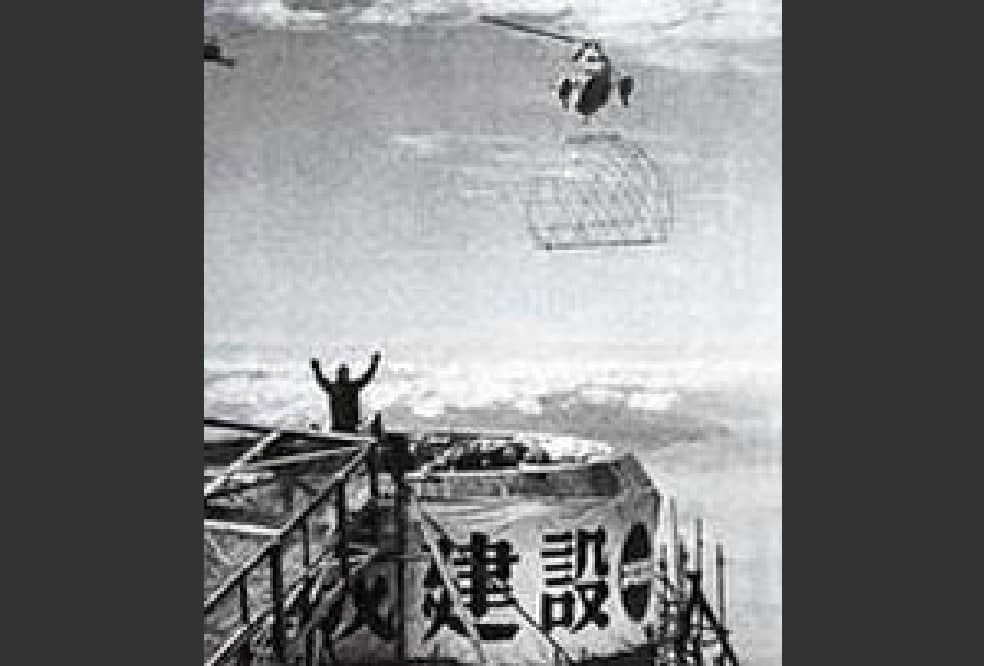
-
![Okurayama Schanze [ski jump studium]](../assets/img/history/1970-1989-03.jpg)
1971
Okurayama Schanze [ski jump studium]
Hokkaido
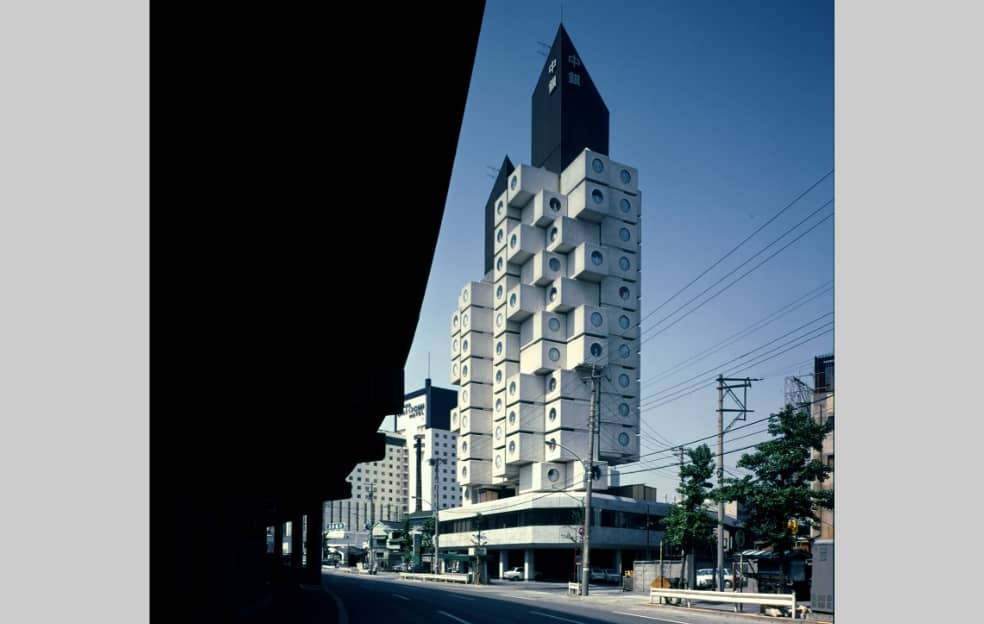
1972
Nakagin Capsule Tower
Tokyo
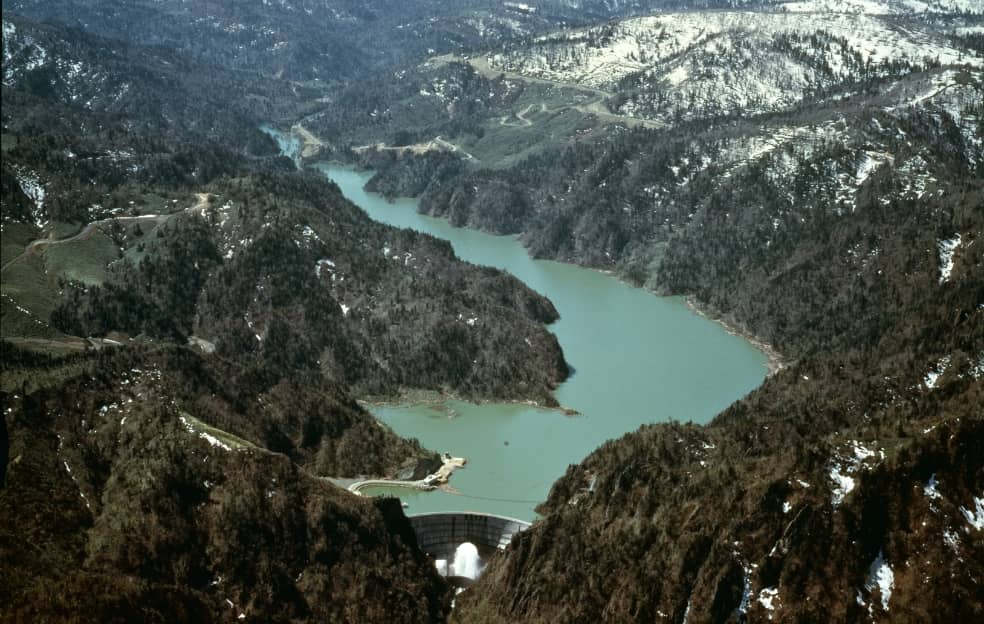
1972
Houheikyo Dam
Hokkaido
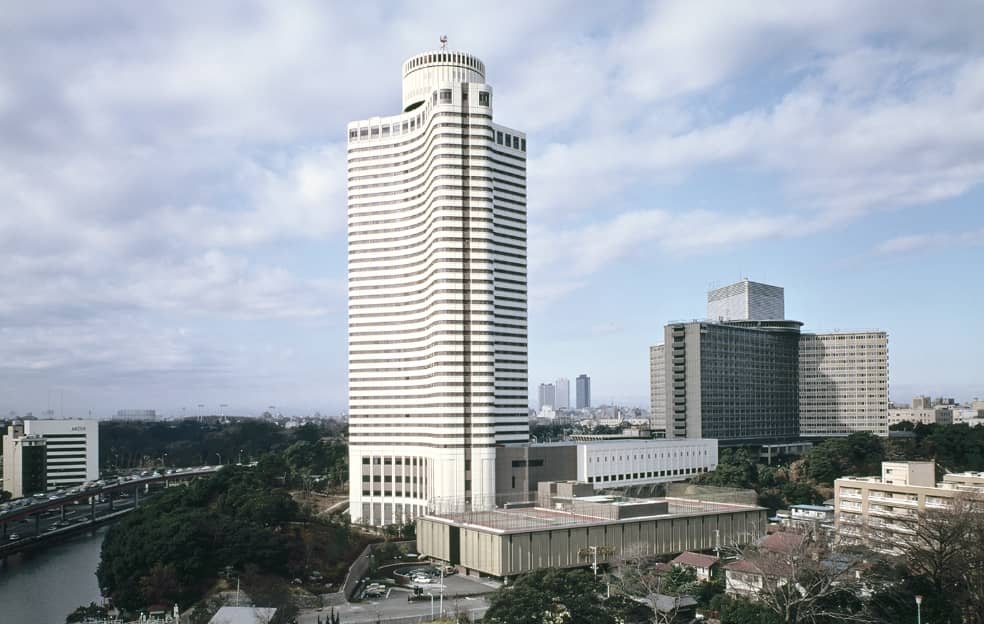
1974
Hotel New Otani Tokyo Garden Tower
Tokyo
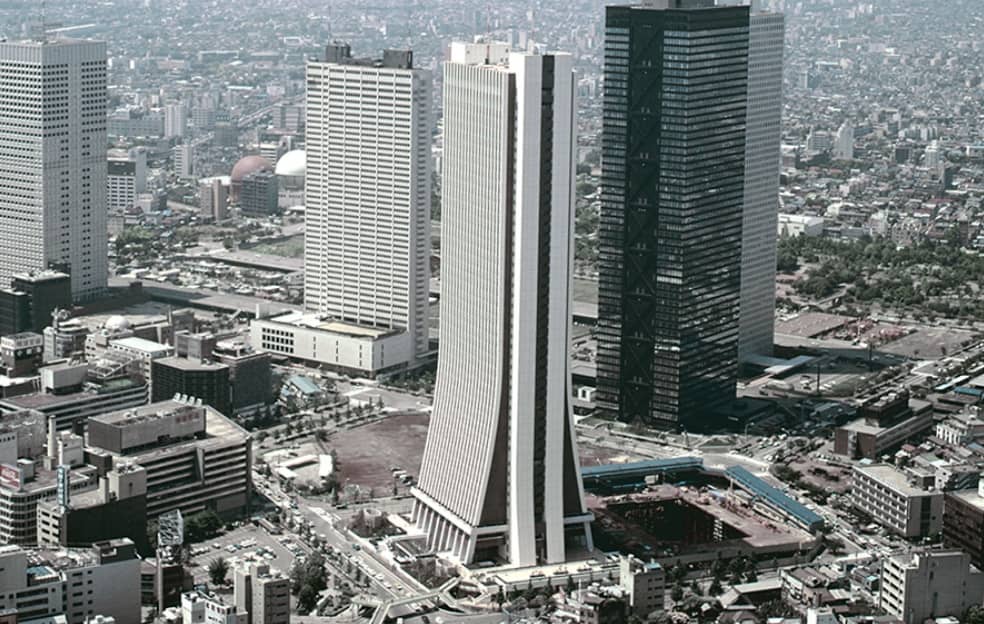
1976
Sompo Japan head office building
Tokyo
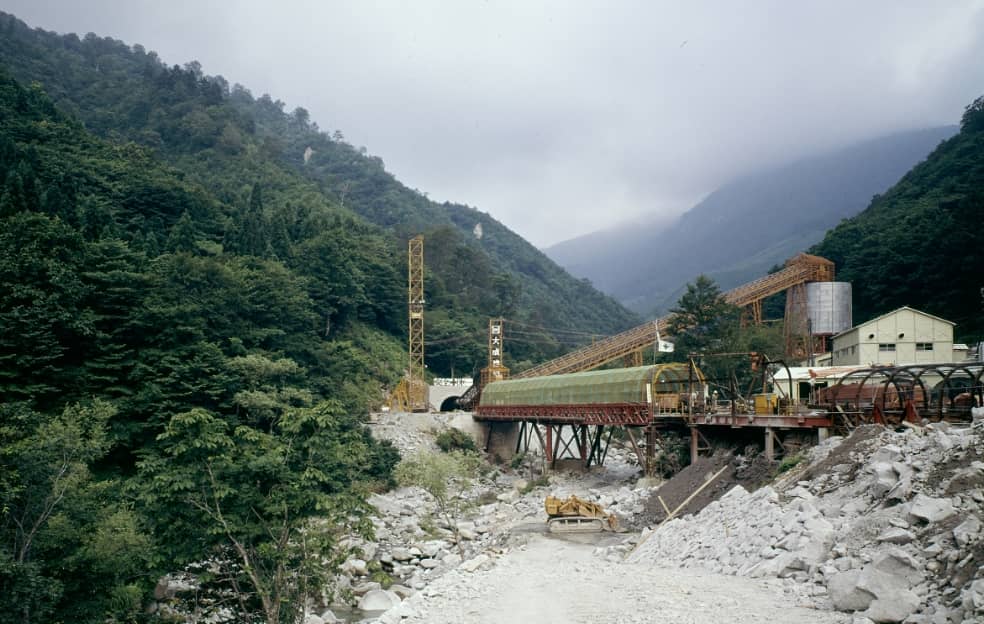
1978
Joetsu Sinkansen Line Daishimizu Tunnel
Niigata
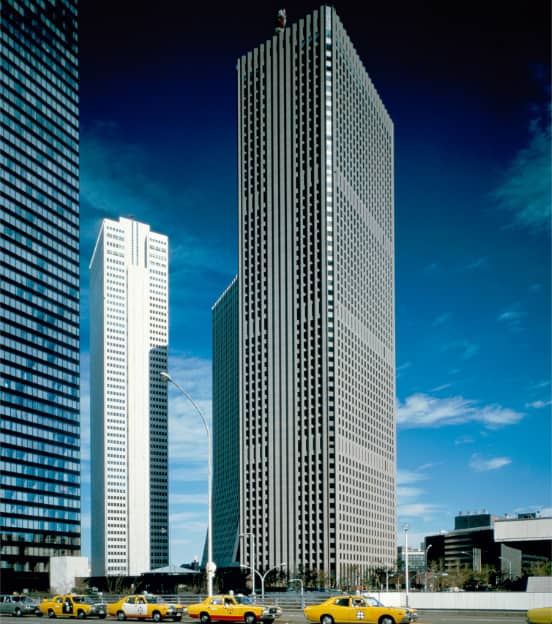
1979
Shinjuku Center Building
Tokyo
1980
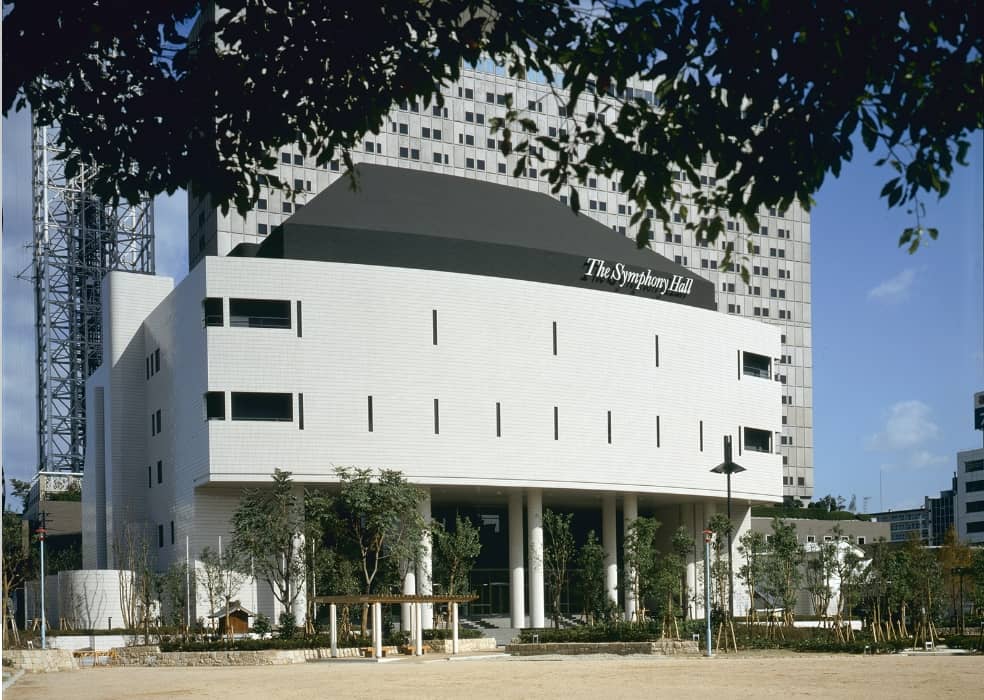
1982
The Symphony Hall
Osaka
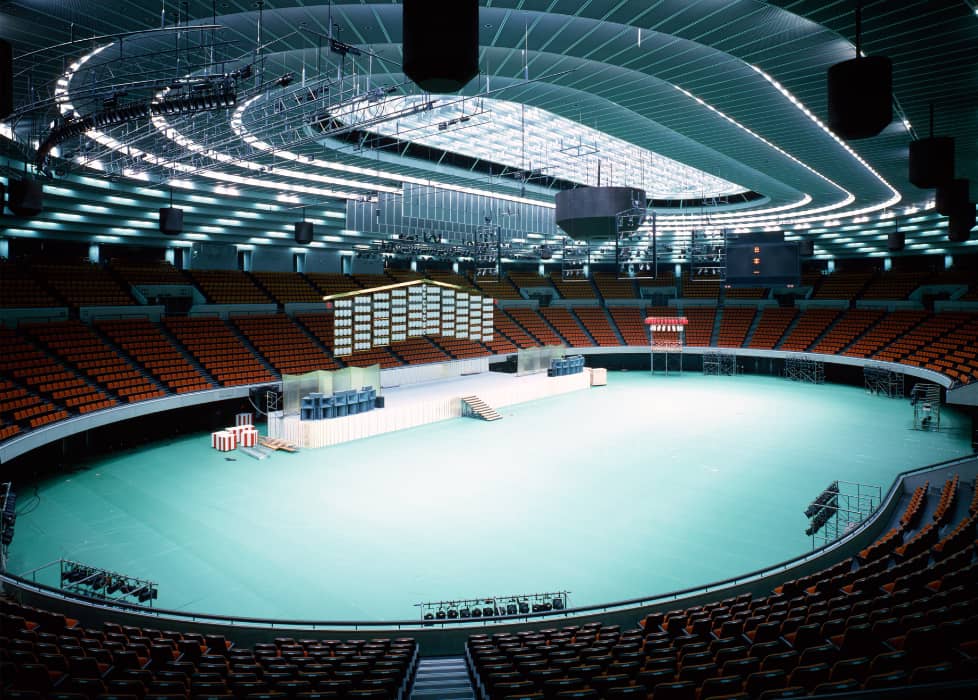
1983
Osakajo Hall
Osaka
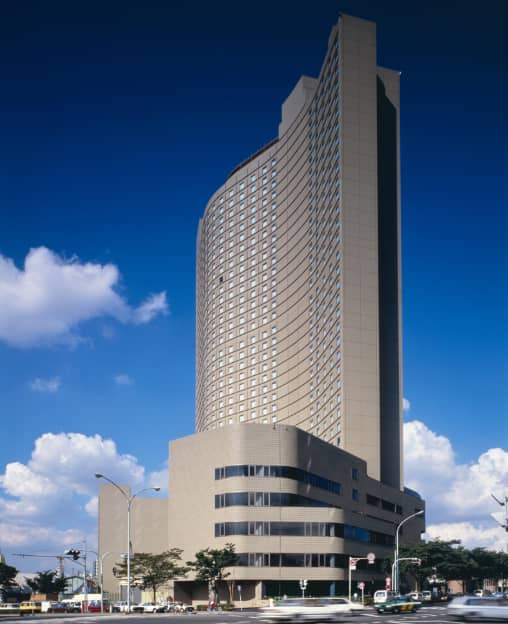
1984
Hilton Tokyo (Shinjuku Kokusai Building)
Tokyo
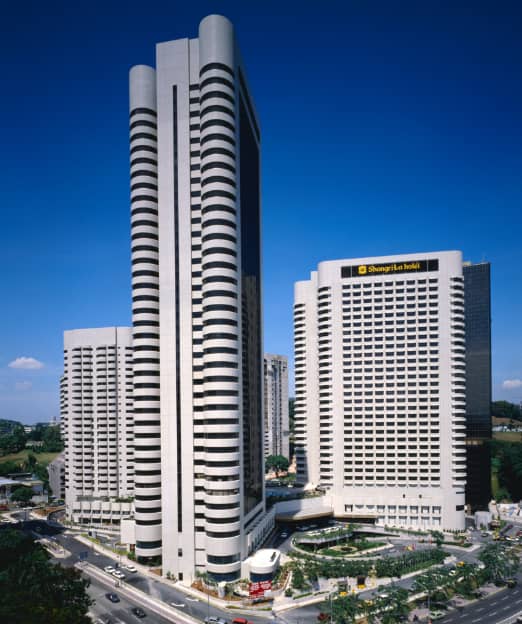
1985
UBN Complex Building, Malaysia
Malaysia
![Minami & Kita Bisan-Seto Bridges[substructure, North segment]](../assets/img/history/1970-1989-14.jpg)
1985
Minami & Kita Bisan-Seto Bridges[substructure, North segment]
Kagawa
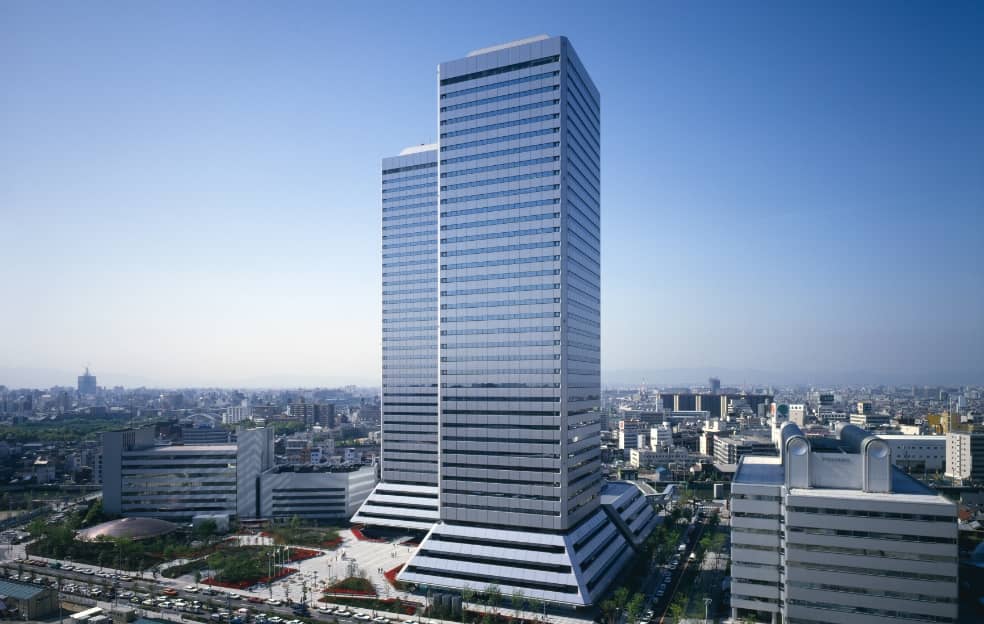
1986
Twin 21
Osaka
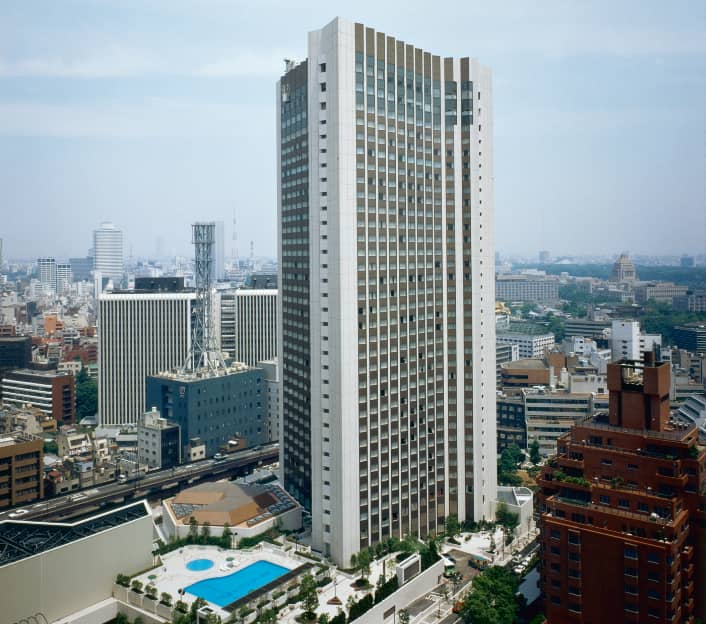
1986
ANA INTERCONTINENTAL-TOKYO
Tokyo
![Seikan Tunnel [Yoshioka section]](../assets/img/history/1970-1989-17.jpg)
1987
Seikan Tunnel [Yoshioka section]
Hokkaido
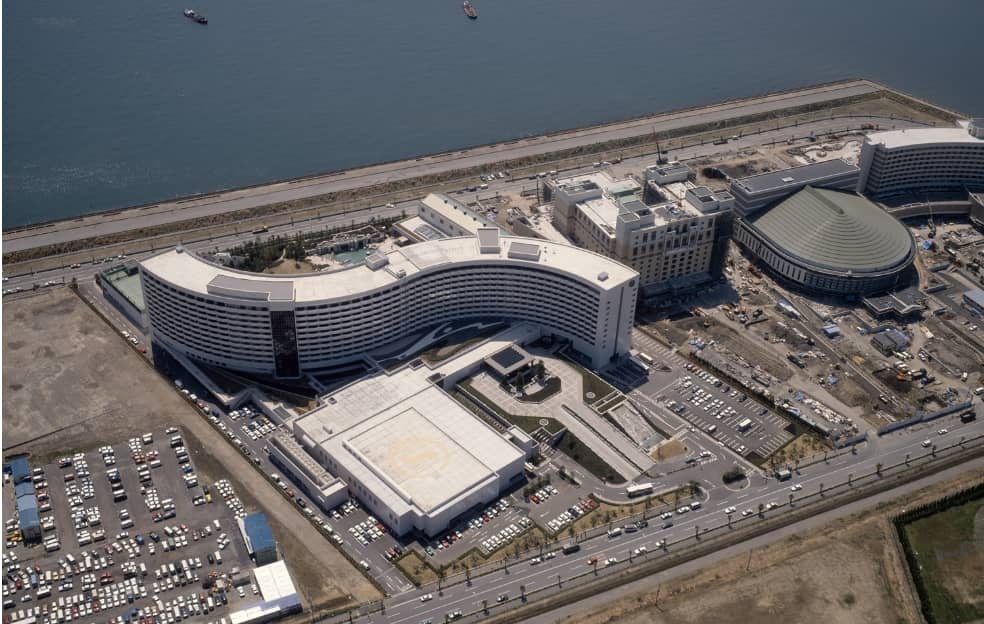
1988
Sheraton Grande Tokyo Bay Hotel & Towers
Chiba

1988
Metropolitan Expressway,Bayshore Route, Yokohama Bay Bridge
Kanagawa
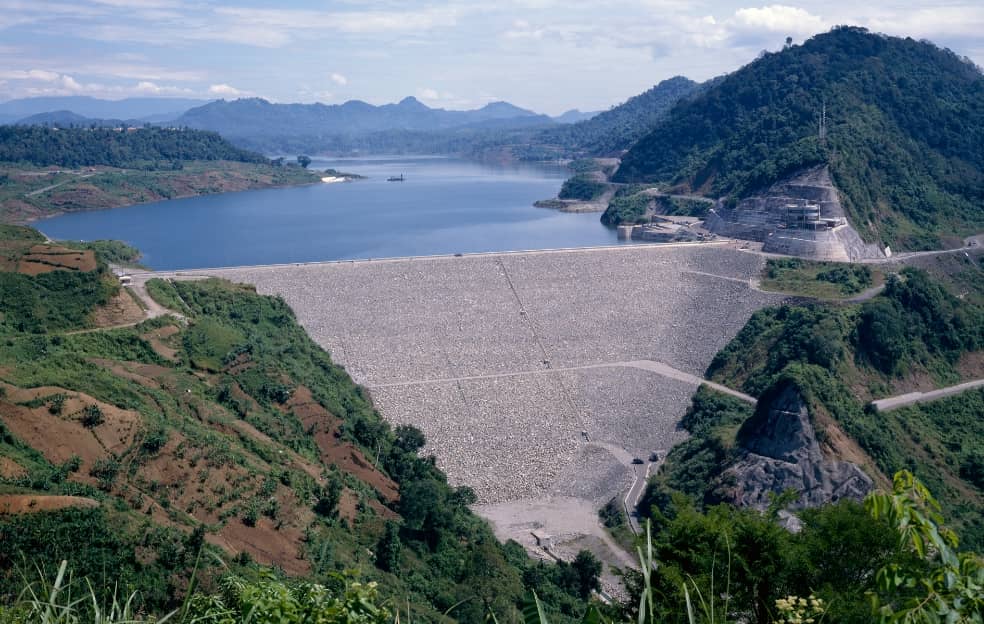
1988
Cirata Hydroelectric Power Plant, Indonesia
Indonesia
Seikan Tunnel and Seto Ohashi Bridge
On March 13, 1988, the Seikan Tunnel, which was the world’s longest undersea tunnel (at the time), was opened. On April 10, the Seto Ohashi Bridge, which connects Honshu to Shikoku through the Kojima-Sakaide route, was opened. Both are historic projects unparalleled in the world in terms of scale and technical difficulty. When building the Seikan Tunnel, our joint venture was responsible for the Yoshioka construction section on the side of Hokkaido. We constructed a working pit (9.1 km) and a main pit (14.7 km). Even during the middle of winter, a temperature of 32°C and humidity of 80% to 90% remained at all times. Workers felt stifled under such conditions and unexpectedly experienced two floods involving large amounts of water, in addition to a sizable earthquake. Overcoming these difficulties, we completed this huge project approximately 15 years after its commencement. For the Minami- and Kita-Bisan Seto Ohashi Bridge, our joint venture was in charge of substructure spanning a long distance (about 1,600 m) in the northern construction area. We built a gigantic underwater offshore structure while overcoming severe metrological and hydrographic conditions in the Seto Inland Sea, such as intense tidal current, high water and wave pressures, and raging wind, while giving consideration to passing ships and fishing spots.
